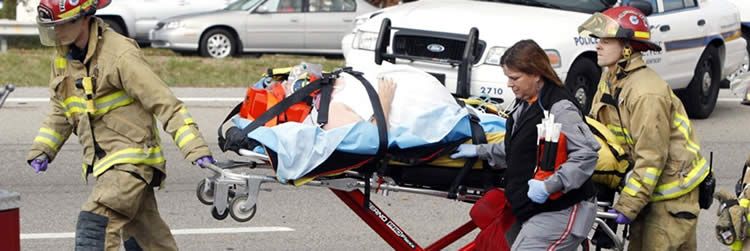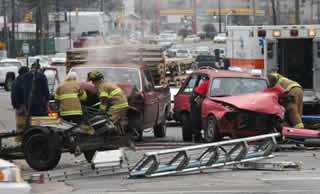Unit 1: Spanish foundations for Fire/EMS
Lesson 1: Basic alphabet
Lesson 2: Pronouns in action
Lesson 3: Article use
Lesson 4: Forming questions
Lesson 5: Common short phrases I
Lesson 6: Common short phrases II
Unit 2: Arriving at the scene
Lesson 1: First responder introduction
Lesson 2: Scene management
Lesson 3: Initial greetings
Lesson 4: Clarification requests
Lesson 5: Waiting instructions
Unit 3: Emergency scene evaluation
Lesson 1: Rapid assessment
Lesson 2: Breathing check
Lesson 3: Vital signs review
Lesson 4: Medication inventory
Lesson 5: Patient history
Unit 4: Addressing pain on scene
Lesson 1: Pinpointing pain
Lesson 2: Pain detailing
Lesson 3: Activity analysis
Lesson 4: Pain characterization
Lesson 5: Frequency and intensity?
Lesson 6: Relief assessment
Unit 5: Gathering personal information
Lesson 1: Identifying the individual
Lesson 2: Calming the scene
Lesson 3: Personal details
Lesson 4: Health and safety inquiry
Lesson 5: Location verification
Unit 6: Field medical basics
Lesson 1: Commanding calm
Lesson 2: Hand signals
Lesson 3: Stay still
Lesson 4: Allergy alert
Lesson 5: Checking for chills
Unit 7: Next-of-kin communication
Lesson 1: Identifying kin
Lesson 2: Clarifying connections
Lesson 3: Kin or next-of-kin?
Lesson 4: Mapping the family tree
Unit 8: Anatomy for responders
Lesson 1: Head to toe
Lesson 2: Arms & hands on deck
Lesson 3: Standing support
Lesson 4: Core components
Lesson 5: Vital signs
Lesson 6: Skin and beyond
Unit 9: Substance abuse identification
Lesson 1: Drug types
Lesson 2: Street slang
Lesson 3: Drug use interrogation
Lesson 4: Identifying suppliers
Lesson 5: Recognizing paraphernalia
Lesson 6: Dealing with addiction
Unit 10: Accident Scene Management
Lesson 1: Roadside response
Lesson 2: Identifying the driver
Lesson 3: Treating thermal trauma
Lesson 4: Insect and animal encounters

